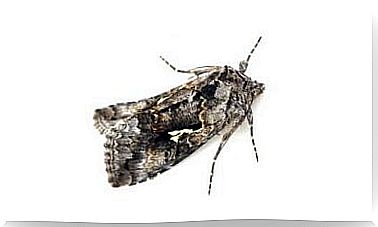What Are The Animals That Migrate?
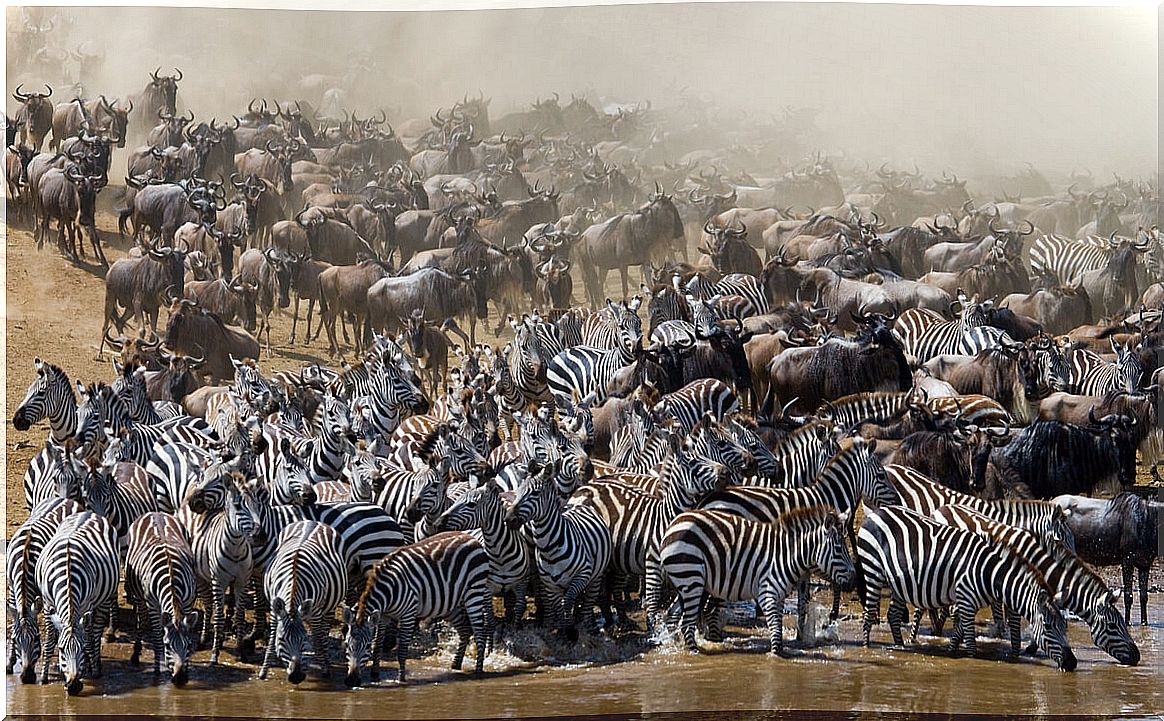
With the right signal, every year or so, migrating animals go on a long journey in search of new resources.
The variability of space and climate and the availability of resources are two of the motivators for undertaking migration. It is a round trip full of great obstacles, so not all animals manage to complete it. If you want to know more about this fascinating tour, read on.
What is migration?
Migration is a biological phenomenon of an instinctive nature that induces the animal to periodically move from one habitat to another – separated from each other by many kilometers – at a certain time of the year.
Still, not all the movements that animals make are migrations. These types of events are considered migrations if they meet the following requirements:
- They are movements of a certain size and duration. They can last for months.
- There is a stark contrast between the two alternative residences.
- They are produced by an internal biological clock that is adjusted and regulated by external stimuli.
- They have an important population dimension. It is not an individual movement, since animals migrate in large groups – all or part of the population.
- Migratory movements develop as a response to different ecological pressures.
- When in the middle there is a periodicity in the appearance of food or when alternative areas are used for different functions – such as reproduction and rearing areas.
The objective of migration is to obtain better resources or avoid adverse environmental conditions. The scarcity of resources in the place where it is, forces the animal to go out in search of better food areas. This can be influenced by changes in the environment.
In general, the animals migrate to warm places in autumn and return in spring. In addition, they must have certain navigation mechanisms embedded in their genetic code to be able to guide themselves from one place to another.
Animals that migrate every year
There are many examples of animals that migrate annually and they are all fascinating. These living things face great dangers, but the journey involves a great cost that is offset by the new habitats and resources they obtain at their destination. We show you some special cases.
The brave wildebeest of the Serengeti
Most of the wildebeest live in the Serengeti National Park and during the months of November to April they feed in the southern area, where there are very rich pastures. They take advantage of these areas to breed, as mothers and young feed on these nutritious grasses until food becomes scarce.
When the young are three or four weeks old, the group begins to move north, crossing arid and dangerous lands on the way. The journey is long and contains many threats, as right on the border of Tanzania and Kenya is the Mara River, where predators such as crocodiles await.
The mortality of the young is enormous, with one in six surviving. Up to 6,000 wildebeest can die during migration. The wildebeest arrive at their destination between the months of July and October.
Adults have visual memory and know where to go. Two or three adult males are the ones who guide the group, by searching the most humid areas. These “leaders” use the sun, certain visual and olfactory references, and social learning as navigational mechanisms.
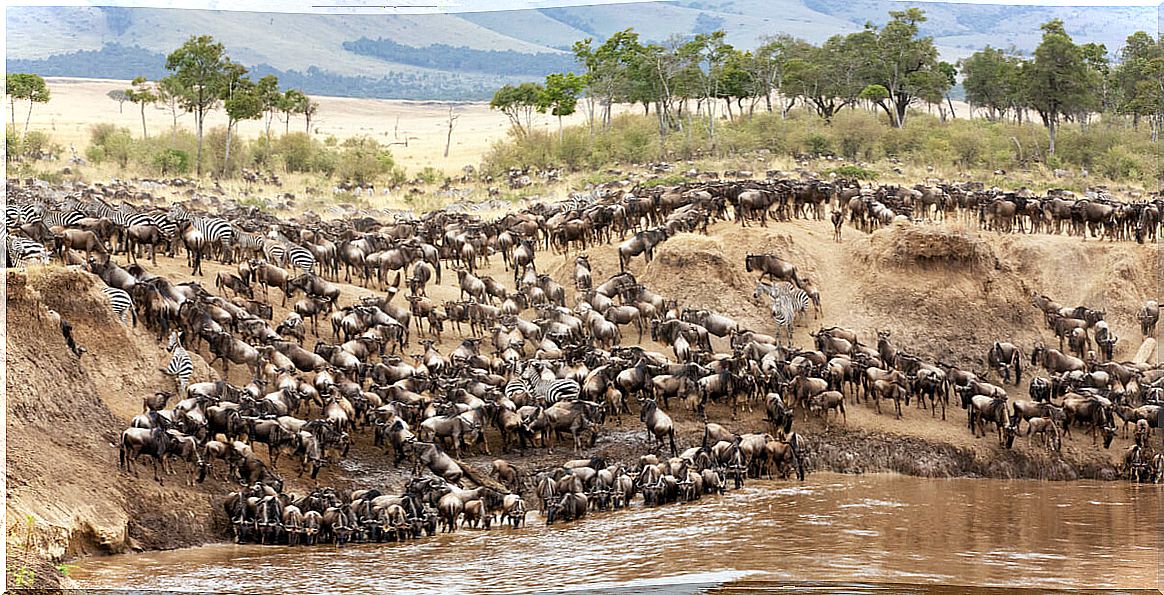
The long migration of whales
The whales migrate in search of breeding grounds. When summer approaches, they travel thousands of kilometers to places where there is an explosion of phytoplankton – thanks to a large amount of light. This increases the amount of marine krill, the main food for whales and other predators.
To orient themselves, whales use the earth’s magnetic field. Also, as a visual reference they may have the shoreline, but swim away from it. The stranded dolphins and whales that appear each year on the shores are believed to perish due to changes in the magnetic field.
This causes that, instead of swimming towards the ocean, on many occasions these unfortunate animals swim towards the beach. The magnetic field can vary and for a time – until the animals learn it – they cannot orient themselves correctly.
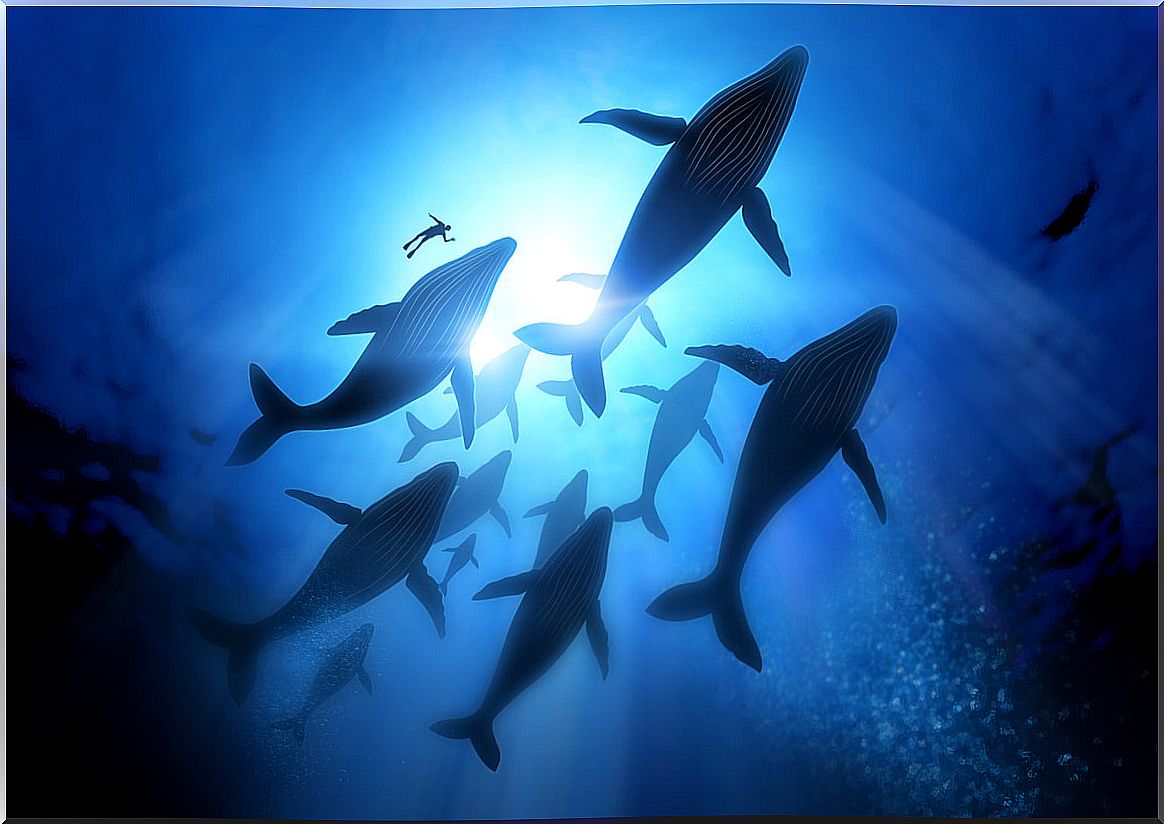
The migratory routes of birds
As if it were an aerial map, the migrating birds have traced routes around the globe. The main routes of flight are the following:
- Palearctic-African route : one of the most surprising. It can be observed from the Strait of Gibraltar, as the migrating animals stop in the Iberian Peninsula to rest before reaching Africa.
- From Northeast Asia to Southeast Asia.
- From North America to South America.
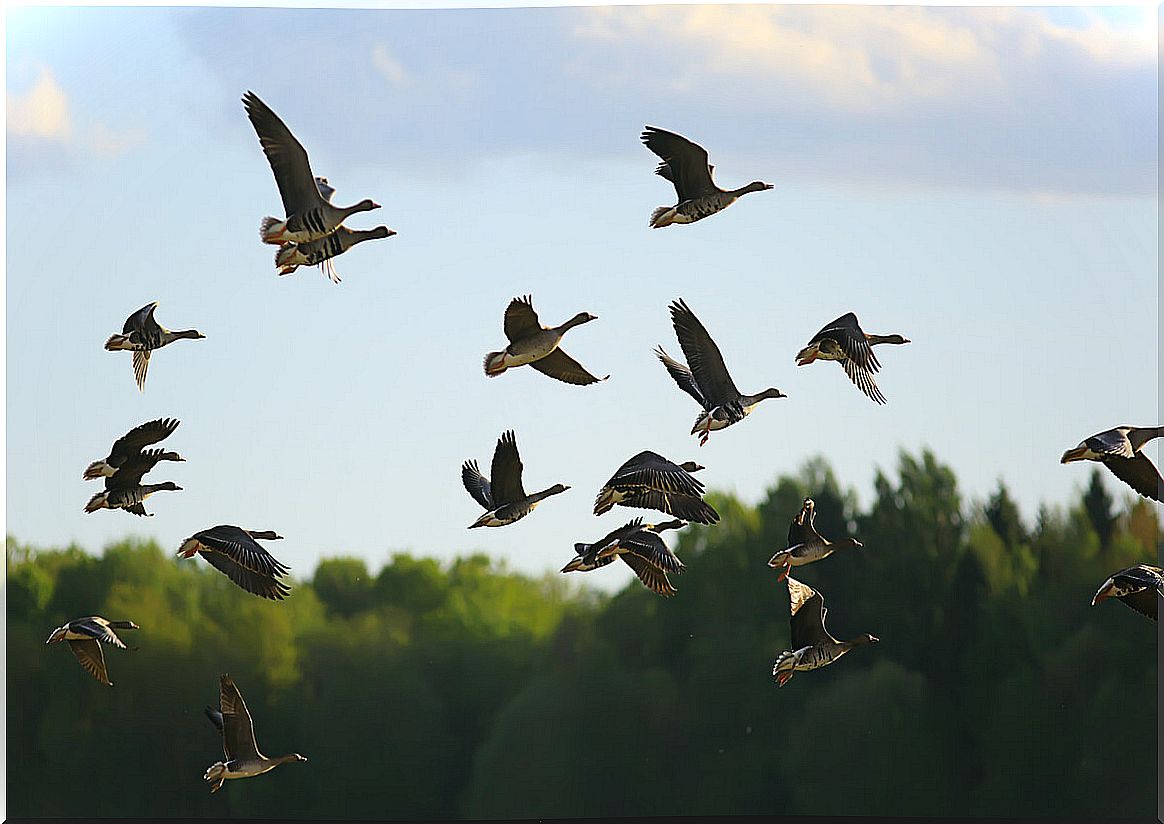
As we have been able to see in these lines, the migratory phenomenon is a true odyssey, since the animals that migrate spend an enormous amount of energy in making their journey every year. It is an instinctive behavior – although it has its part of learning – and it is perpetuated generation after generation.


